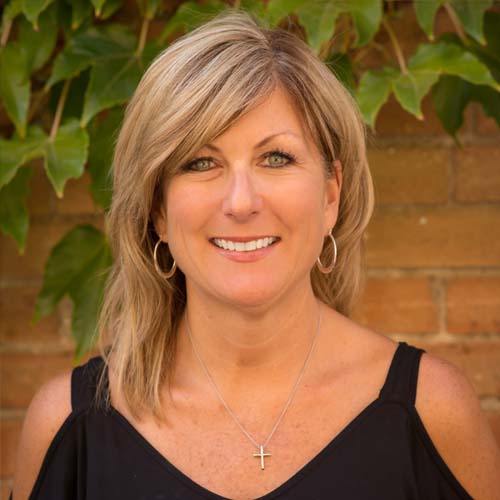
Interview with Charleen Raaum
Interviewer: What motivates you to care for the elderly?
Raaum: Serving the elderly population in our community is a true honor. Helping the elderly continue their life’s journey as safely and as independently as possible in their own homes is one of the most rewarding jobs I could ever have.
Interviewer: In your opinion, what makes community collaboration work?
Rauum: Well, community collaboration works when there is commitment to solve existing and emerging problems that could not have been easily solved by one group alone. Community collaboration is key in strengthening our community, reaching more people in need and providing additional resources.
Interviewer: Why is it essential for institutions to think beyond their own immediate needs and look to paying forward, providing data for the next provider to absorb what the last provider learned?
Rauum: Healthcare is consistently evolving, so it is important that knowledge is shared between providers. Learning together can help meet the needs of our growing population, ultimately serving more people with quality care. When knowledge is shared with people and organizations with vested interests; additional perspectives, resources and different levels of expertise are more accessible which benefits the needs of our community.
Interviewer: Why do we need to break down the barriers to collaborate? How important is it?
Rauum: Collaborations are an essential aspect of success when it comes to healthcare. It focuses on shared interests, collectively working towards solutions and bettering the system. Barriers placed on these efforts jeopardizes advancing the solutions needed to provide quality care.
Interviewer: Why is frailty important?
Rauum: It is important to understand frailty in order to help make decisions on the care decided for the elderly. Understanding frailty will enable the best possible care choices for an individual as they age.
Interviewer: What have we learned so far about formatting data through QHN to enable the evolving context of frailty (admit versus OASIS based frailty index)?
Rauum: Taking OASIS data and processing the detailed information in order to understand where a patient is regarding fraility will help all care providers determine the best courses to enable patients to have quality of life.
Interviewer: What is OASIS? Why is this mandated but overlooked and how does Patient Pattern capture this?
Rauum: OASIS is the home health outcome and assessment information set that contains data items developed to measure patient outcomes and improve health care. The data is a 30-page assessment that is overlooked because no one wants to sift through pages of data to understand where a patient is at physically, mentally, socially, etc. Patient Pattern is able to take this data and give it meaning and it simplifies this with a frailty index which can then offer predictive modeling for care to ensure that patients have the care they need based on all aspects of where they are at in their life’s journey.
Interviewer: Looking to the future, what barriers, that are mandated need to be reconsidered? For instance, what Medicare regulations are adverse to patient outcome?
Rauum: Medicare three-day inpatient stay for people to qualify for rehab is a barrier to getting people the care they need. It puts increase costs on Medicare for hospital stay, when getting them straight to a rehab facility would be more cost effective. Also, the home bound requirement for people needing home health is a barrier to receiving care, as people heal faster and do better in the comfort of their own homes vs institutions or outpatient settings. The cost of care and the improved outcomes, not to mention the cost savings to help people heal at home, is the only way we will meet the need of the aging population over the next 20 years. There’s not enough institutions, and with rising costs of care, home health will be the leader in serving our aging populations across the country.
